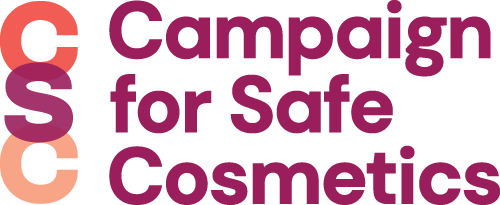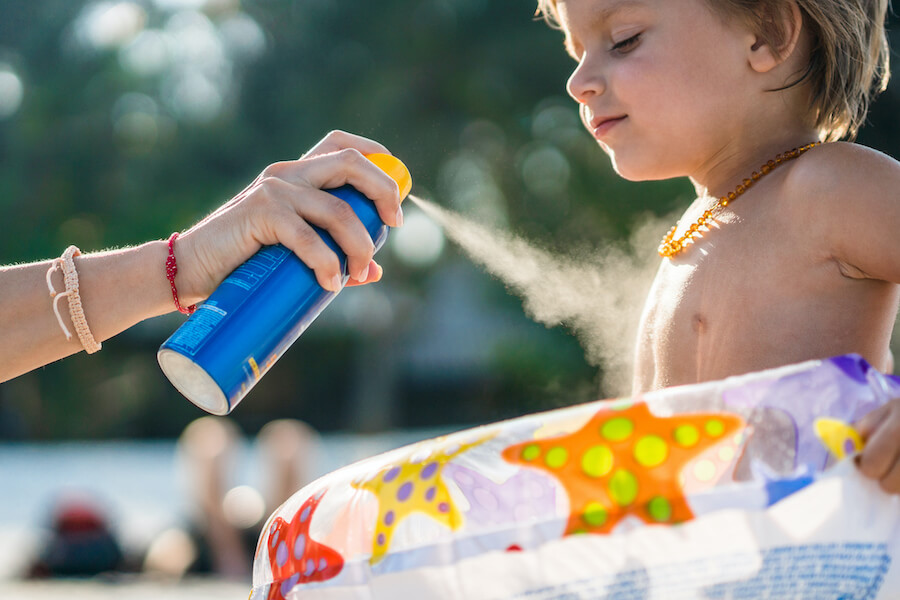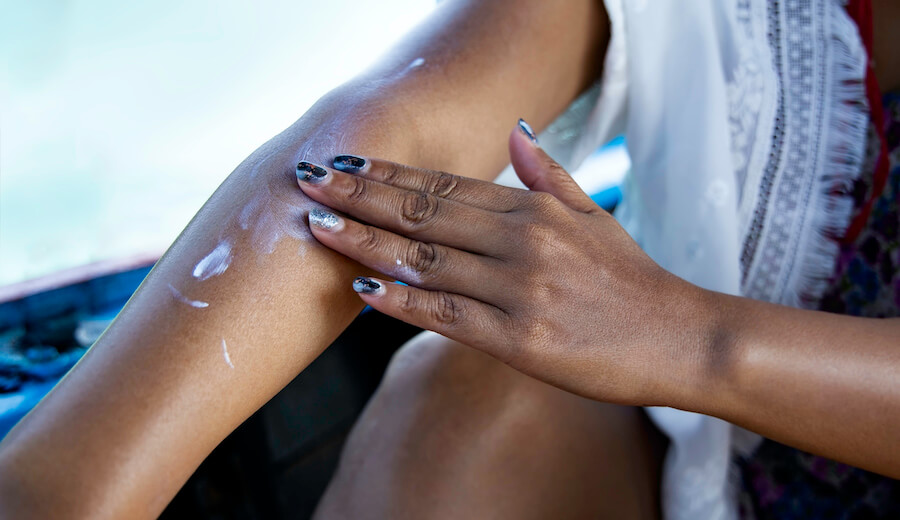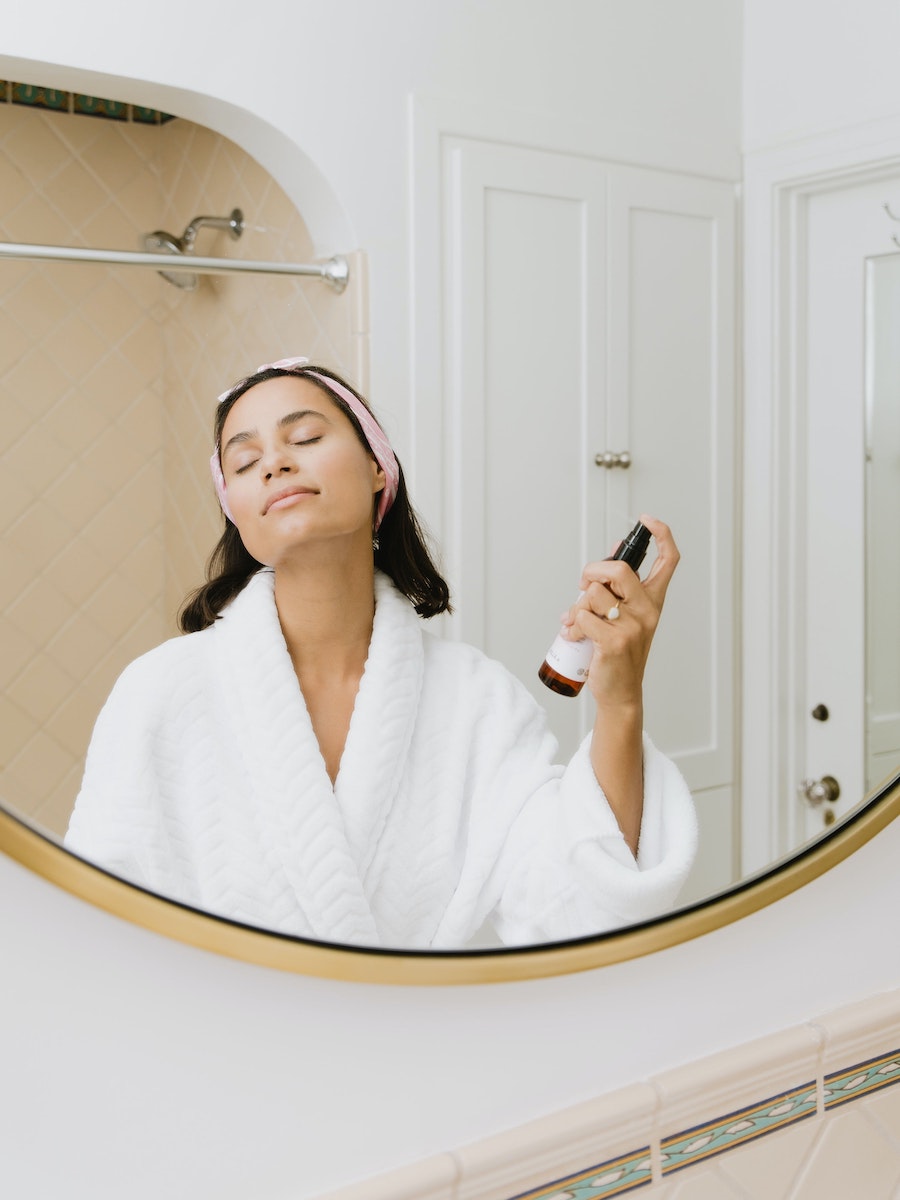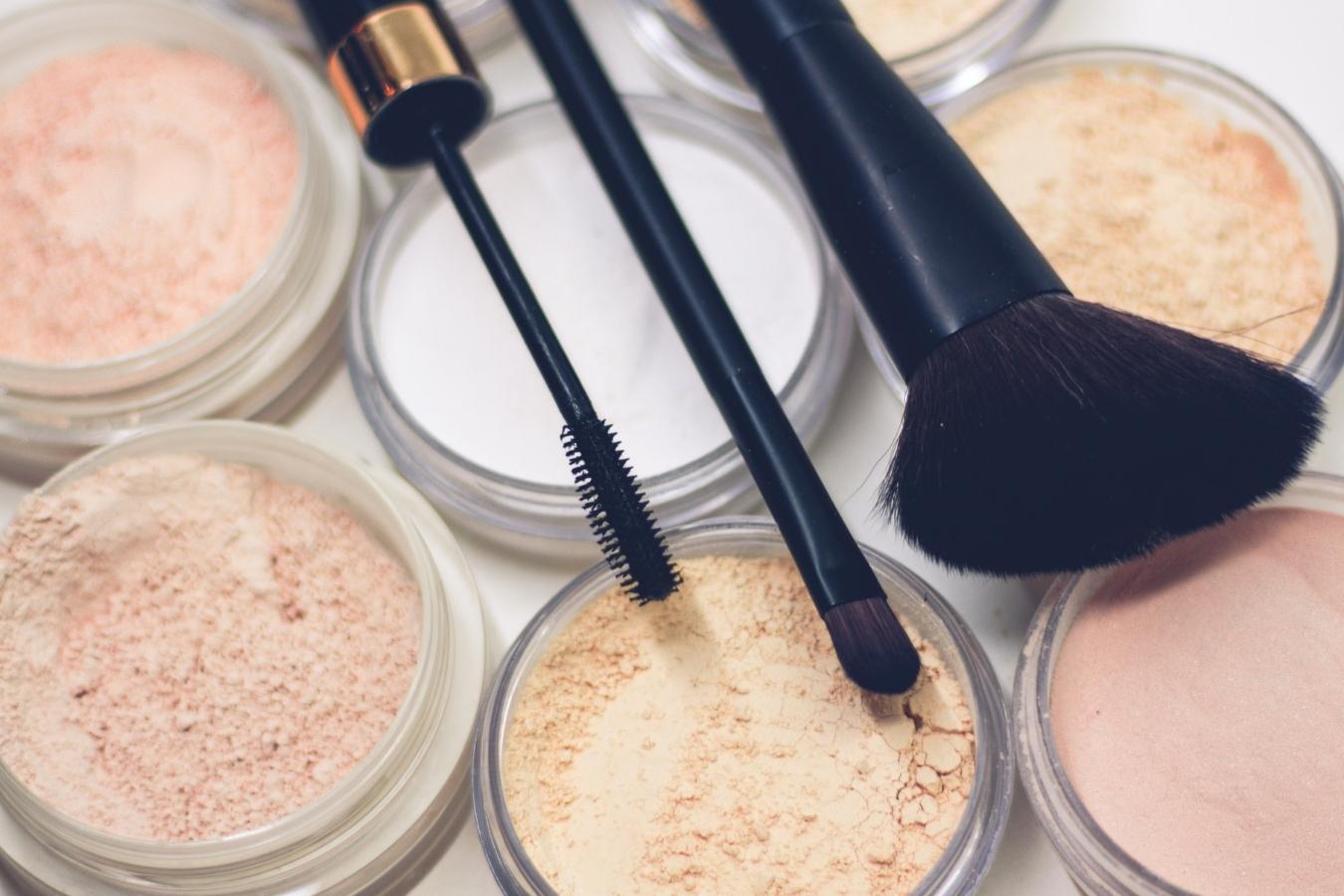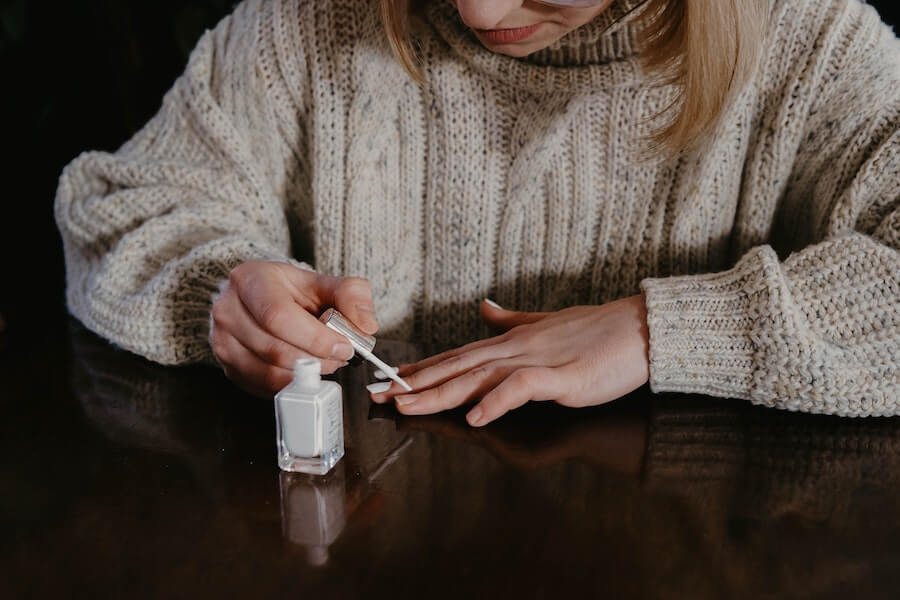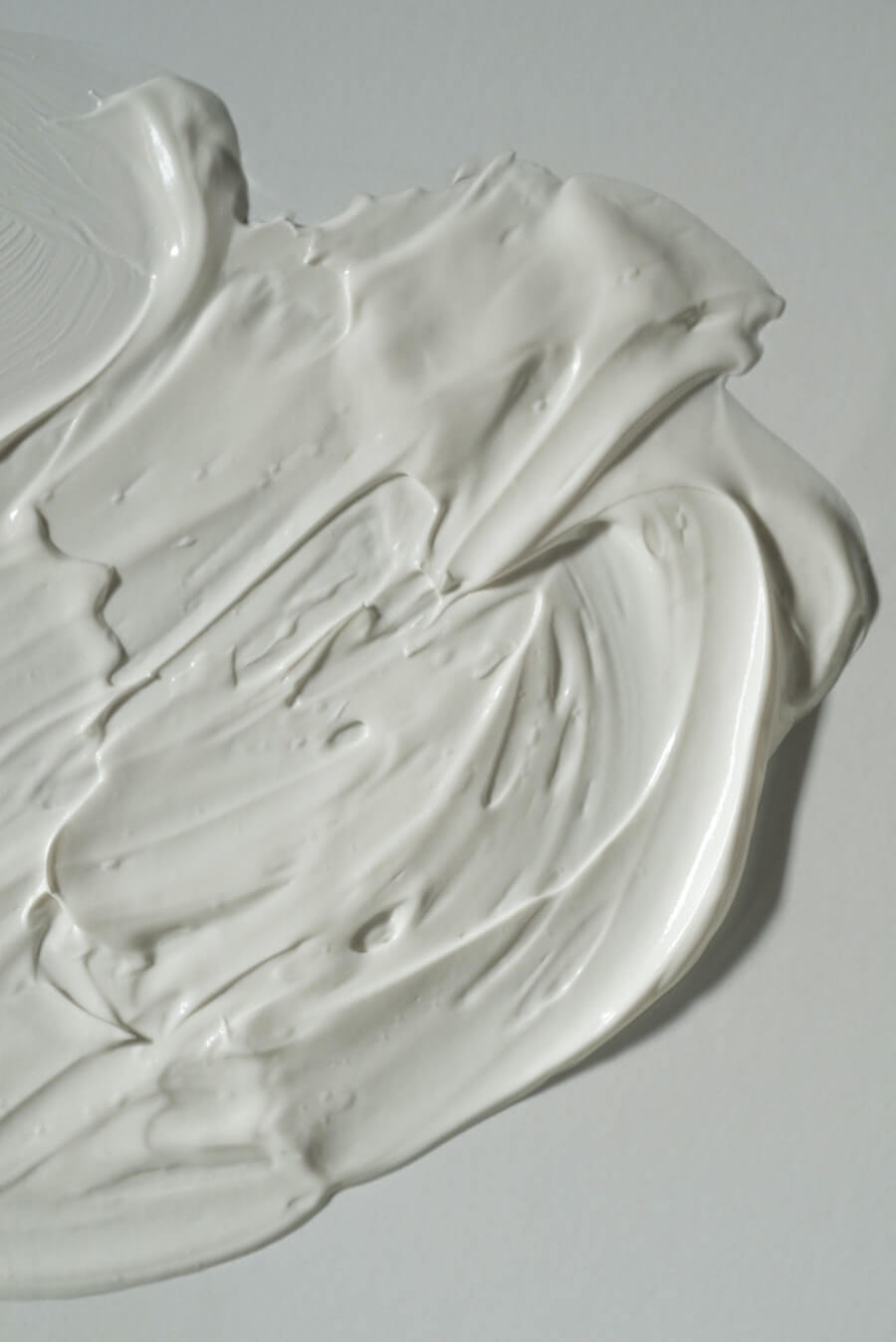[1] Astwood EB. “The chemical nature of compounds which inhibit the function of the thyroid gland.” JPET May 1943 vol. 78 no. 179-89. Print.
[2] Taurog A, Chaikoff IL, and Franklin AL. “The structural specificity of sulfanilamide-like compounds as inhibitors of the invitro conversion of inorganic iodide to thyroxine and diiodotyrosine by thyroid tissue.” 1945 Dec;161:537-43. Print.
[3] Taurog A. “Thyroid peroxidase and thyroxine biosynthesis.”189-247. Print.
[4] NDM Hodges, SH Moss, and DJG Davies. “The sensitizing effect of a sunscreening agent, p-aminobenzoic acid, on near UV induced damage in a repair deficient strain of Escherichia coli.” Photochem Photobiol. 1977 Nov;26(5):493-8. Print.
[5] Shaw AA, Wainschel LA, and Shetlar MD. “Photoaddition of p-aminobenzoic acid to thymine and thymidine.” Photochem Photobiol. 1992 May;55(5):657-63. Print.
[6] Morohoshi K, Yamamoto H, Kamata R, Shiraishi F, Koda T, and Morita M. “Estrogenic activity of 37 components of commercial sunscreen lotions evaluated by in vitro assays.” Toxicol In Vitro. 2005 Jun;19(4):457-69. Print.
[7] Mulliken JS, Russak JE, and Rigel DS. “The effect of sunscreen on melanoma risk.” Dermatol Clin. 2012 Jul;30(3):369-76. Print.
[8] Mulliken JS, Russak JE, and Rigel DS. “The effect of sunscreen on melanoma risk.” Dermatol Clin. 2012 Jul;30(3):369-76. Print.
[9] Morohoshi K, Yamamoto H, Kamata R, Shiraishi F, Koda T, and Morita M. “Estrogenic activity of 37 components of commercial sunscreen lotions evaluated by in vitro assays.” Toxicol In Vitro. 2005 Jun;19(4):457-69. Print.
[10] Astwood EB. “The chemical nature of compounds which inhibit the function of the thyroid gland.” JPET May 1943 vol. 78 no. 179-89. Print.
[11] Taurog A, Chaikoff IL, and Franklin AL. “The structural specificity of sulfanilamide-like compounds as inhibitors of the invitro conversion of inorganic iodide to thyroxine and diiodotyrosine by thyroid tissue.”1945 Dec;161:537-43. Print.
[12] Taurog A. “Thyroid peroxidase and thyroxine biosynthesis.” 1970;26:189-247. Print.
[13] Taurog A, Chaikoff IL, and Franklin AL. “The structural specificity of sulfanilamide-like compounds as inhibitors of the invitro conversion of inorganic iodide to thyroxine and diiodotyrosine by thyroid tissue.”1945 Dec;161:537-43. Print.
[14] MedlinePlus. Hypothyroidism. Available online: http://www.nlm.nih.gov/medlineplus/ency/article/000353.htm. Accessed April 22, 2022.
[15] Morohoshi K, Yamamoto H, Kamata R, Shiraishi F, Koda T, and Morita M. “Estrogenic activity of 37 components of commercial sunscreen lotions evaluated by in vitro assays.” Toxicol In Vitro. 2005 Jun;19(4):457-69. Print.
[16] Kunz PY and Fent K. “Multiple hormonal activities of UV filters and comparison of in vivo and in vitro estrogenic activity of ethyl-4-aminobenzoate in fish.” Aquat Toxicol. 2006 Oct 12;79(4):305-24. Print.
[17] Hodges ND, Moss SH, and Davies DJ. “The sensitizing effect of a sunscreening agent, p-aminobenzoic acid on near UV induced damage in a repair deficient strain of Escherichia coli.” Photochem Photobiol. 1977 Nov;26(5):493-8. Print.
[18] Hodges ND, Moss SH, and Davies DJ. “Elucidation of the nature of genetic damage formed in the presence of the sunscreening agent, para-amino benzoic acid, during irradiation with near ultraviolet light.” 1977 Dec;29 Suppl:72P. Print.
[19] Osgood PJ, Moss SH, and Davies DJ. “The sensitization of near-ultra violet radiation killing of mammalian cells by the sunscreen agent para-aminobenzoic acid.” J Invest Dermatol. 1982 Dec;79(6):354-7. Print.
[20] Shaw AA, Wainschel LA, and Shetlar MD. “Photoaddition of p-aminobenzoic acid to thymine and thymidine.” Photochem Photobiol. 1992 May;55(5):657-63. Print.
[21] Gago-Ferrero P, Diaz-Cruz MS, and Barceló D. “UV filters bioaccumulation in fish from Iberian river basins.” Sci Total Environ. 2015 Jun 15;518-519:518-25. Print.
[22] Hexsel CL, Bangert SD, Herbert AA, and Lim HW. “Current sunscreen issues: 2007 Food and Drug Administration sunscreen labeling recommendations and combination sunscreen-insect repellent products.” 2008 Aug;59(2):316-23. Print.
[23] EWG’s Skin Deep Cosmetics Database. PABA. Available online: http://www.ewg.org/skindeep/ingredient/704390/PABA/. Accessed April 22, 2022.
